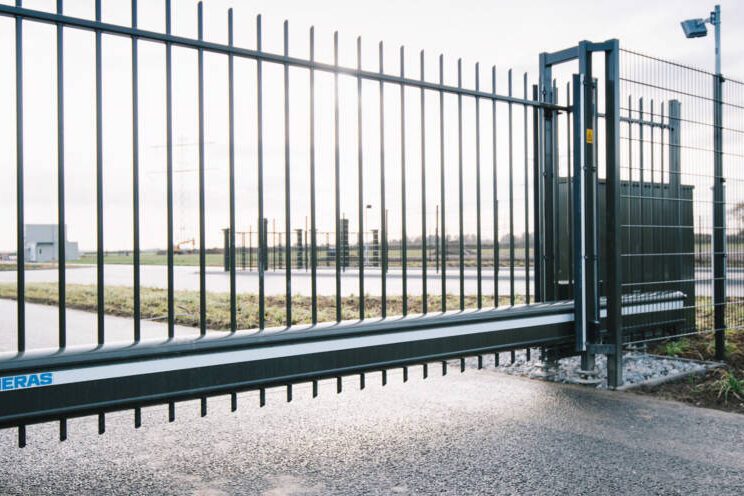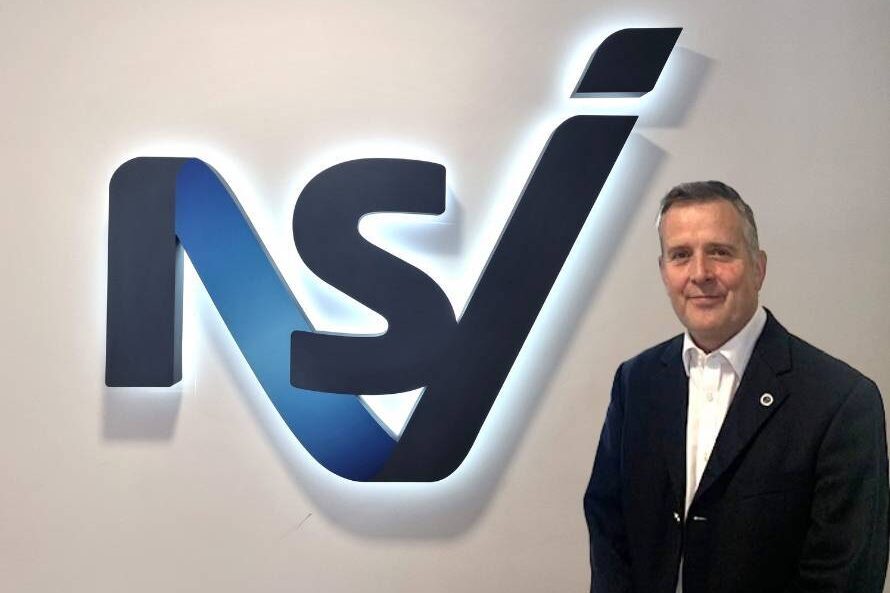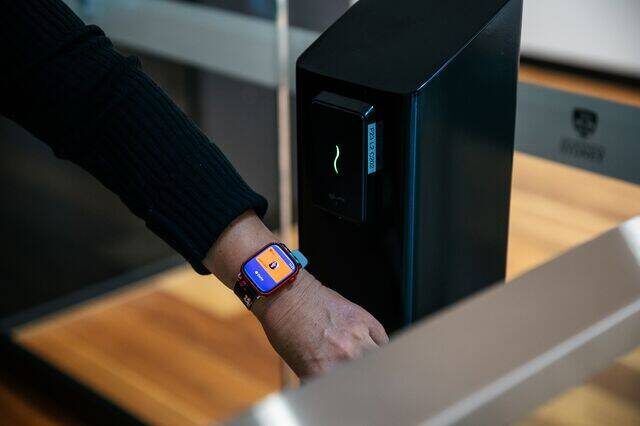Hanwha Vision, the global vision solution provider, has enhanced the AI capabilities in its P Series cameras with WiseDetector, the MQTT protocol, Crowd and Vehicle Counting, and Slip and Fall features. The new features bring greater intelligence and efficiency to security systems as well as expand video’s remit to support other business areas.
User-defined object detection
WiseDetector, a machine-learning-based feature, expands the possible object types that can be detected by AI from the more limited set of pre-defined objects (usually people, vehicle and their attributes) to specific objects, such as high-visibility jackets, boxes on a shop floor, or traffic cones blocking a road. This gives security teams greater flexibility and control over what they train the AI model to detect, based on their unique business needs.
Vehicle and Crowd Counting for smarter cities
New Crowd and Vehicle Counting features support smarter cities by enabling the smooth flow of people and traffic. The cameras generate metadata that includes real-time people counting to manage potential crowds, for example at stadiums, based on specified timelines. Meanwhile, understanding the number of vehicles on roads and in parking areas can prove useful for city planners. By utilising this data, local administrators can establish plans for road maintenance, routes, as well as use it as an indicator of marketing.
MQTT offers greater connectivity
The MQTT protocol enables P Series cameras to work seamlessly with any number of other sensors in an installation. MQTT enables these cameras to connect with Internet of Things (IoT) devices, expanding the capabilities of the video system to business operations, smart cities, and more.
For example, in a smart city setting, environmental sensors can alert operators to possible smoke in an area, with visual confirmation via the cameras; in response to changing weather or light conditions, cameras can trigger smart street lighting to turn on; and in a built environment, heating or air conditioning can automatically turn on when a person enters, to make the environment more comfortable for them.
Slip and Fall detection for rapid response
With Slip and Fall detection, the cameras use AI to detect people who fall and could be injured, automatically raising alerts to operators. This advances health and safety in warehouses, manufacturing sites, ports, and other logistics centres, enabling a quick response to accidents. For instance, the alert could result in the deactivation of forklifts and other moving equipment, preventing any further harm to an injured person.
Pread Um (Suk Bong), Director of Product and Marketing at Hanwha Vision Europe said, “The latest AI enhancements to the P Series cameras expand the possibilities of video still further, delivering tangible business benefits. Security and safety teams now have a simpler way to track accidents and emergencies, connect to the IoT, and manage unique safety and security needs.”
Read more exclusives and news in our latest issue here.
Never miss a story… Follow us on:
![]() Security Buyer
Security Buyer
![]() @SecurityBuyer
@SecurityBuyer
![]() @Secbuyer
@Secbuyer
Media Contact
Rebecca Morpeth Spayne,
Editor, Security Portfolio
Tel: +44 (0) 1622 823 922
Email: editor@securitybuyer.com









